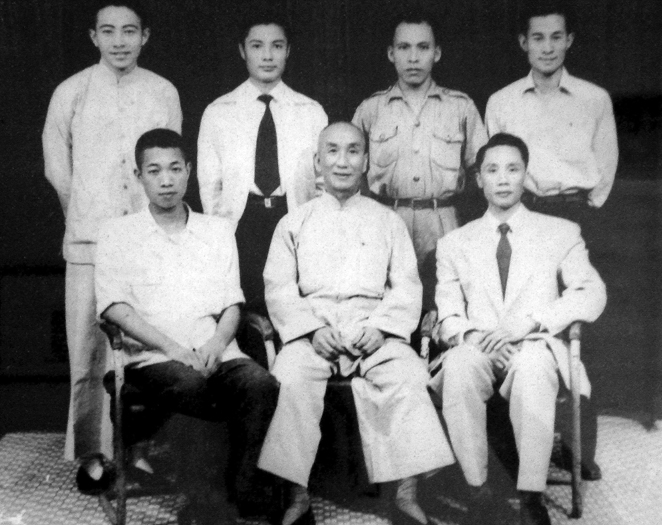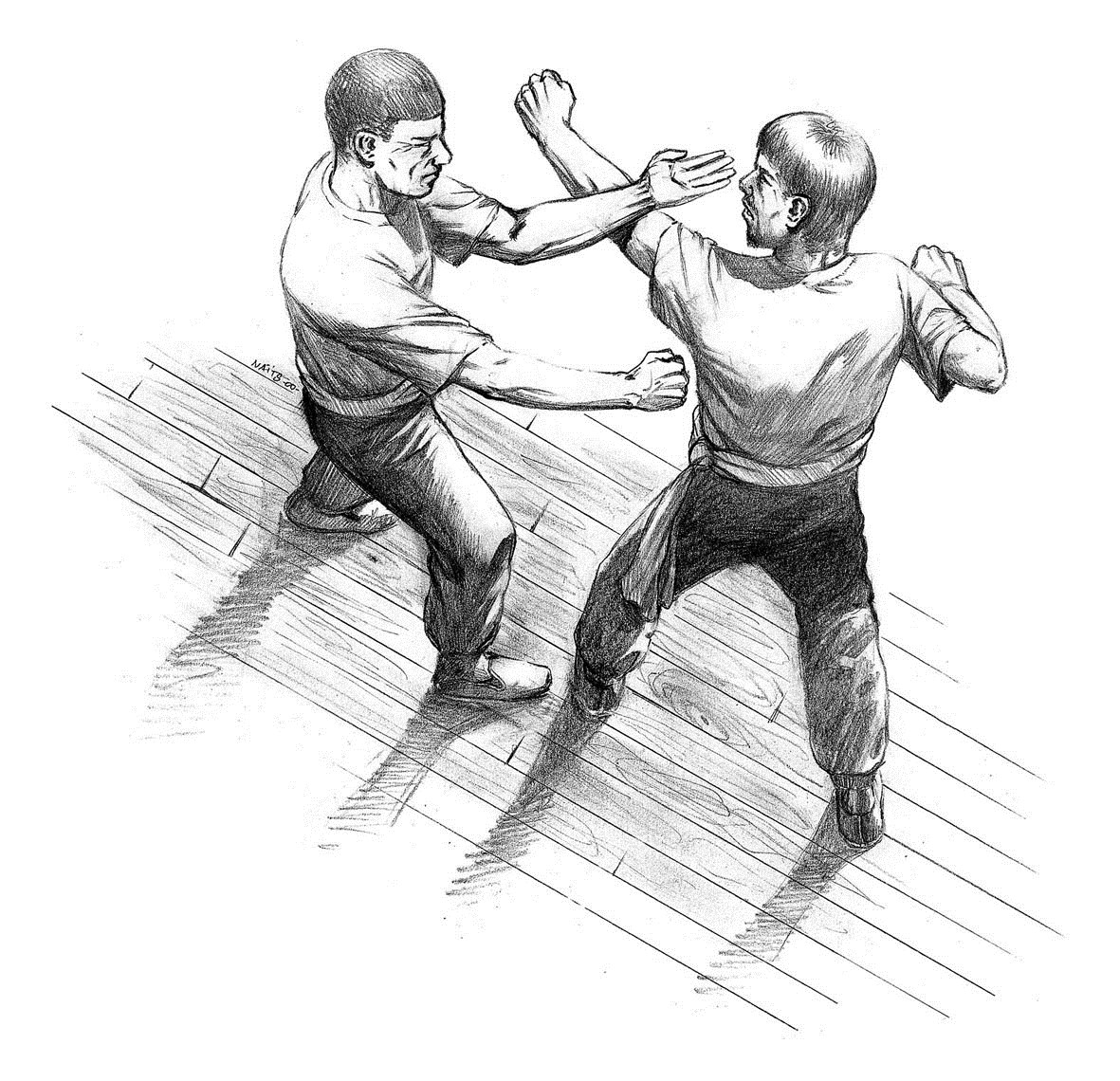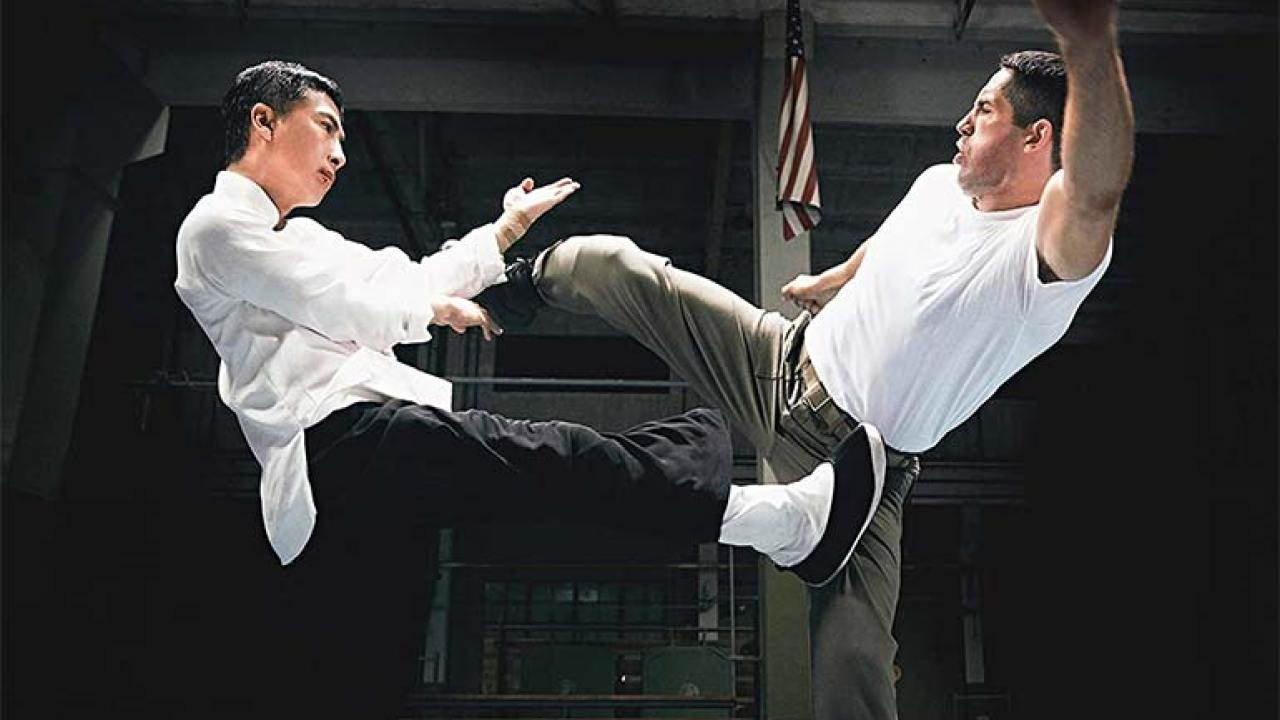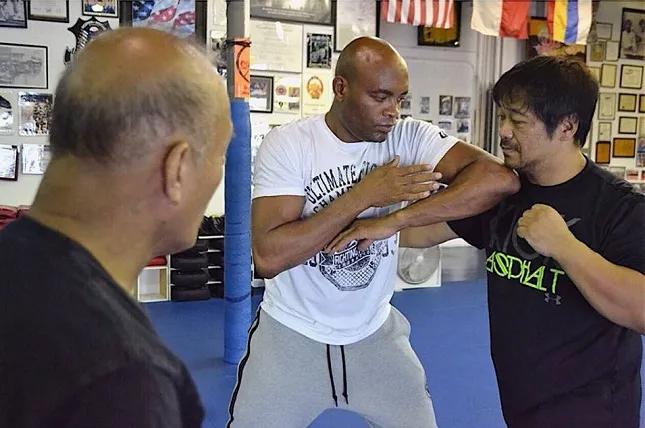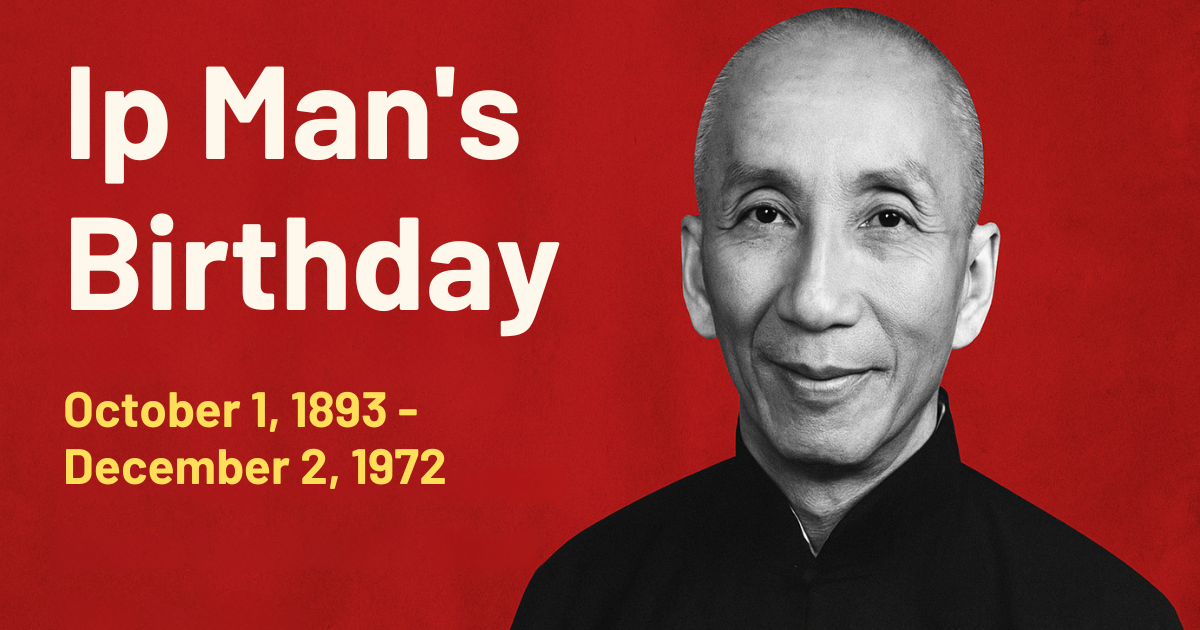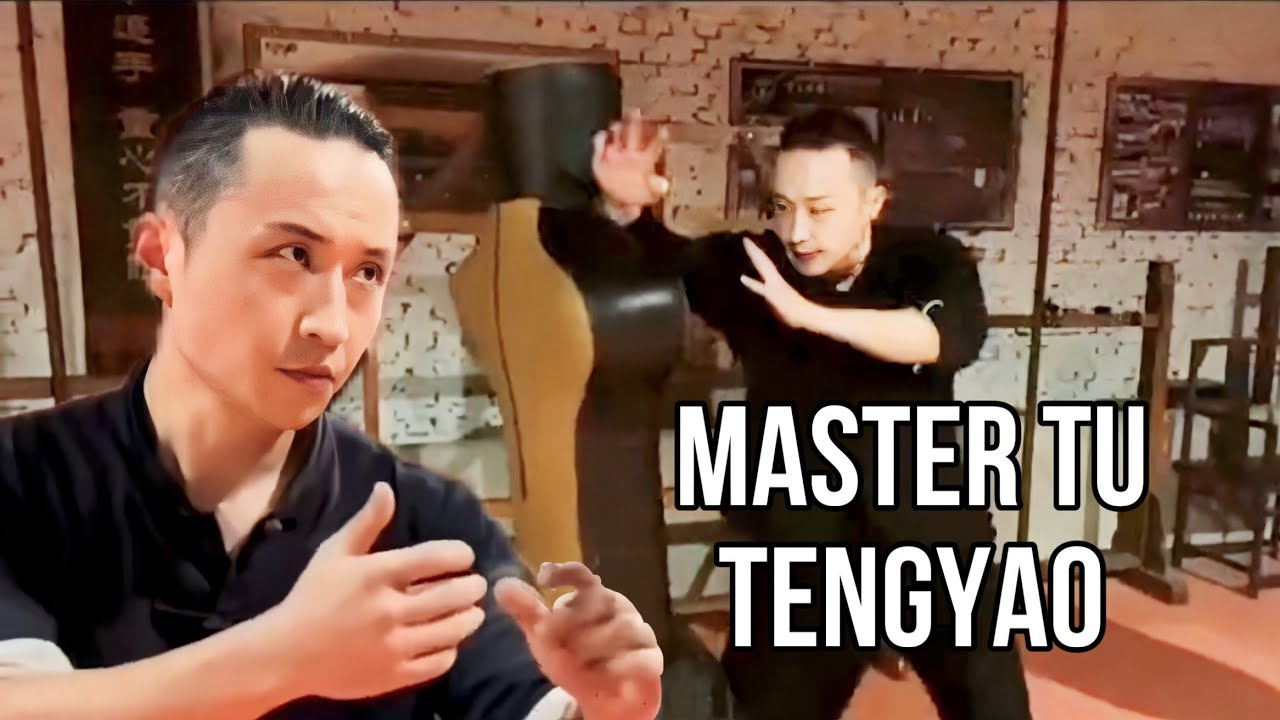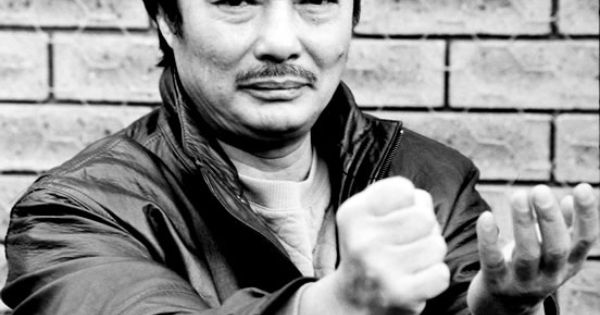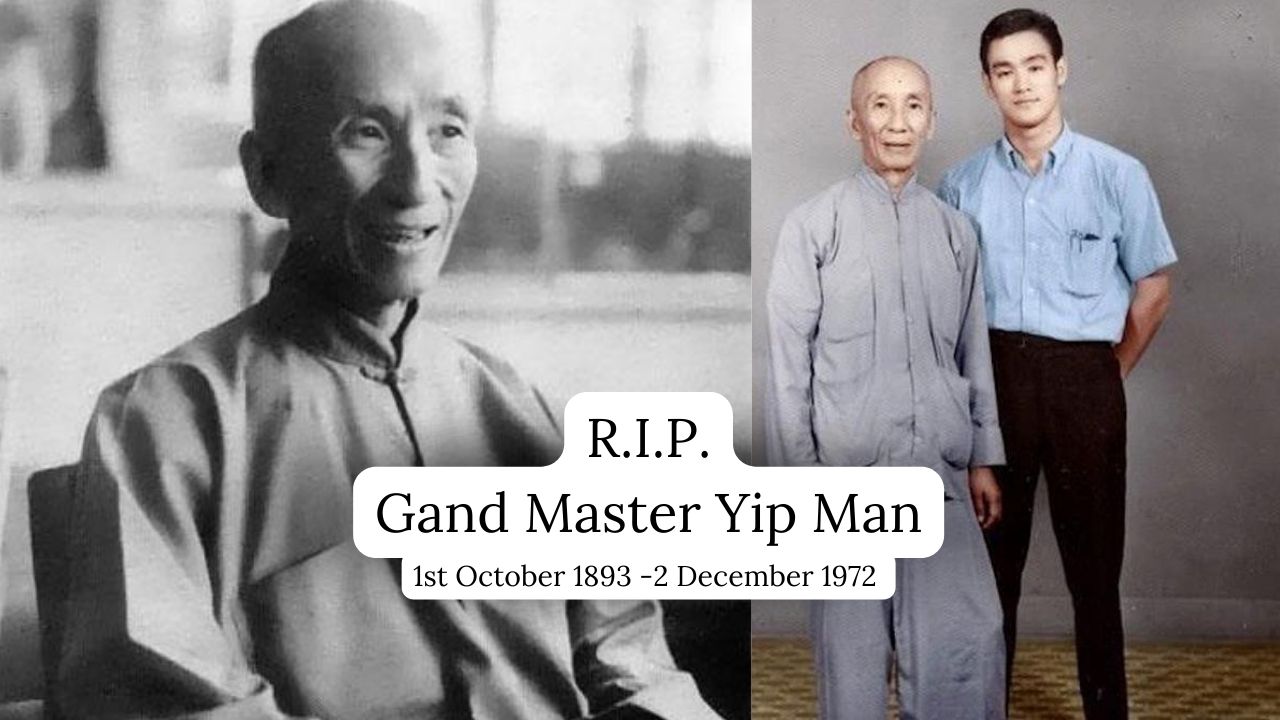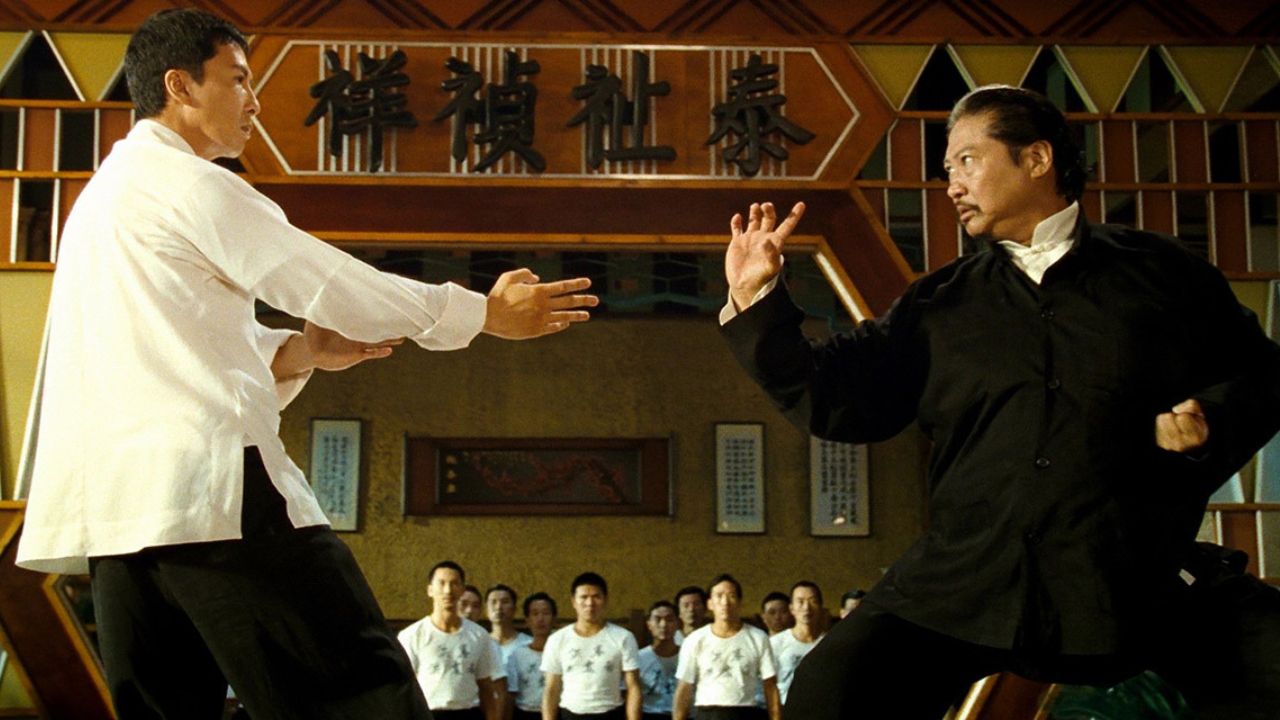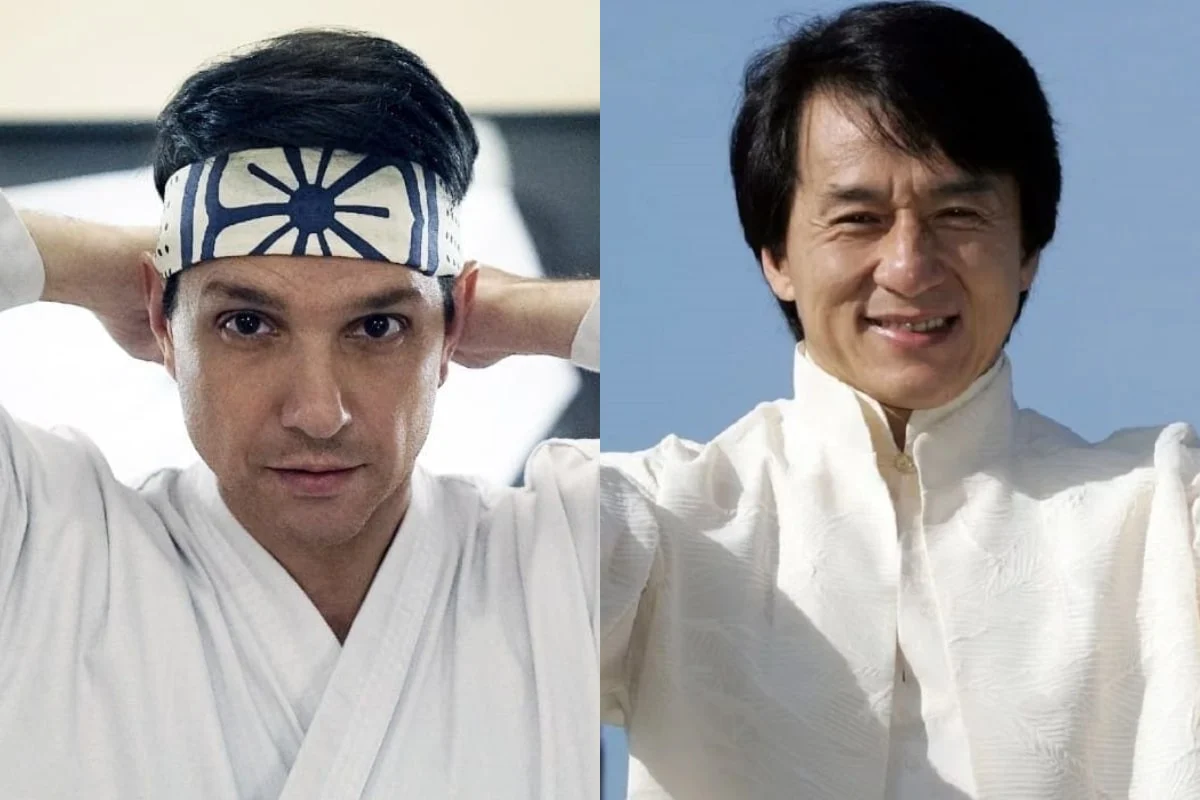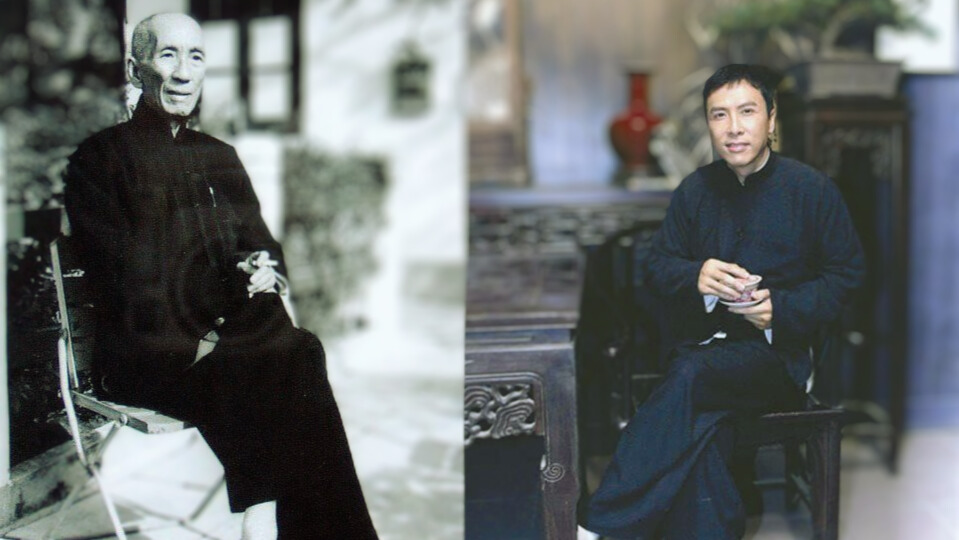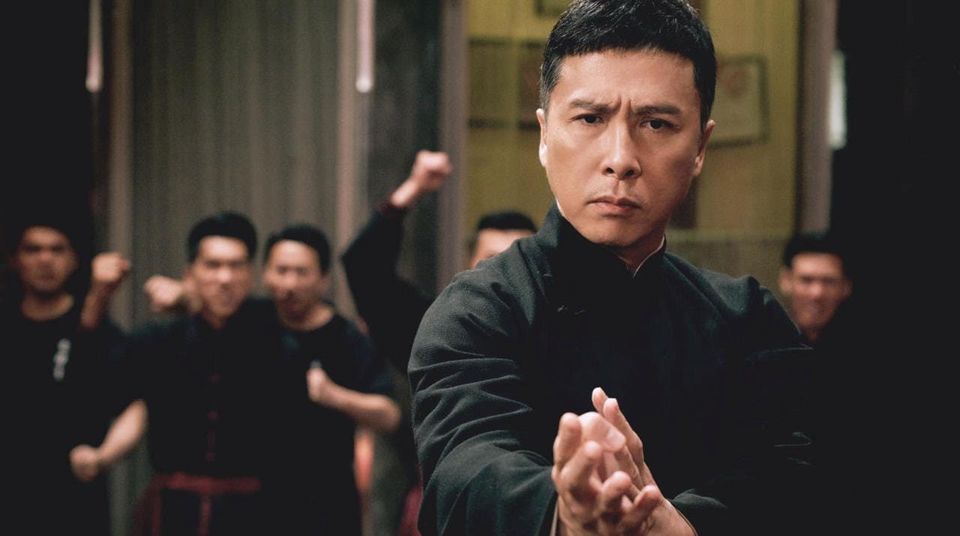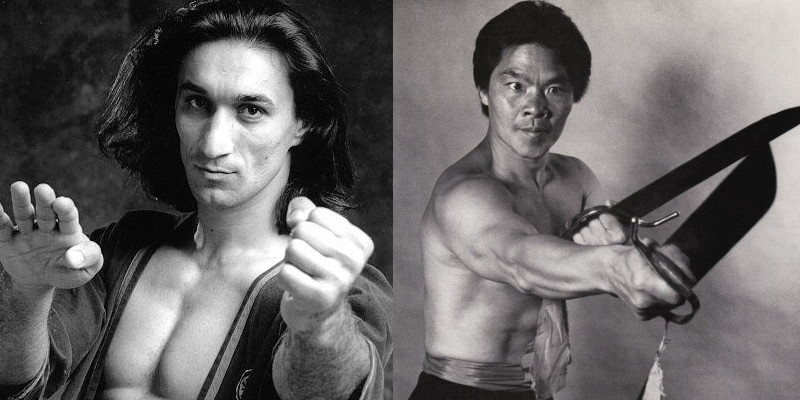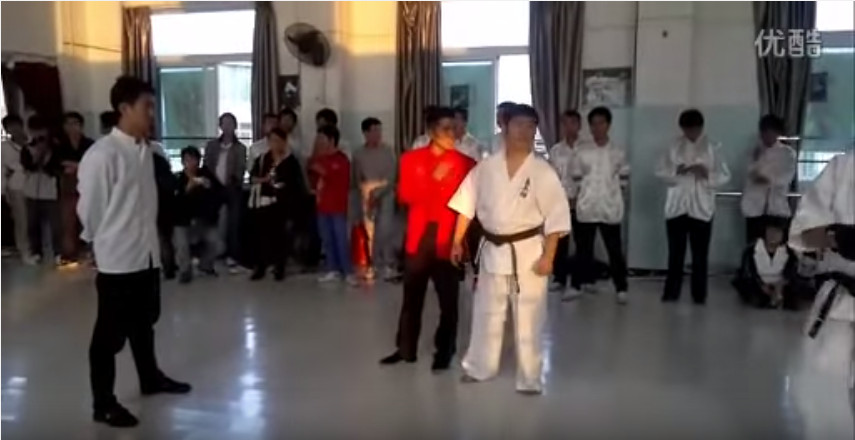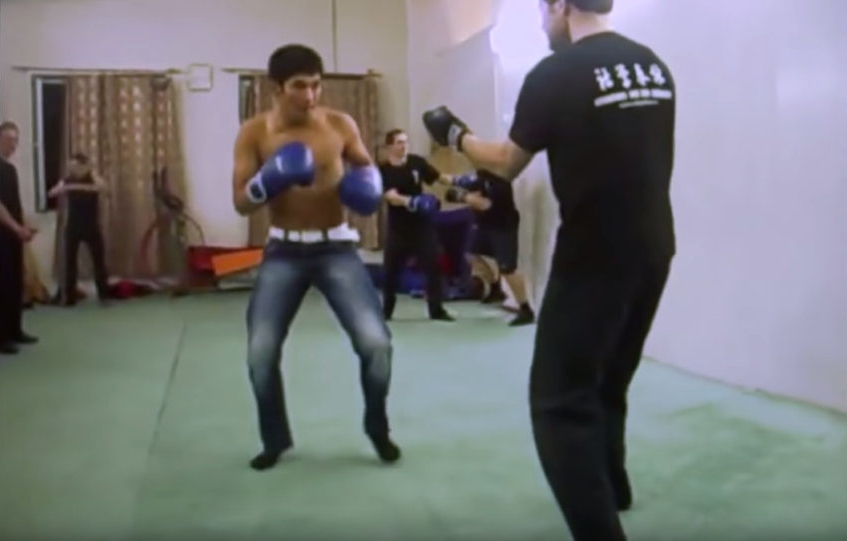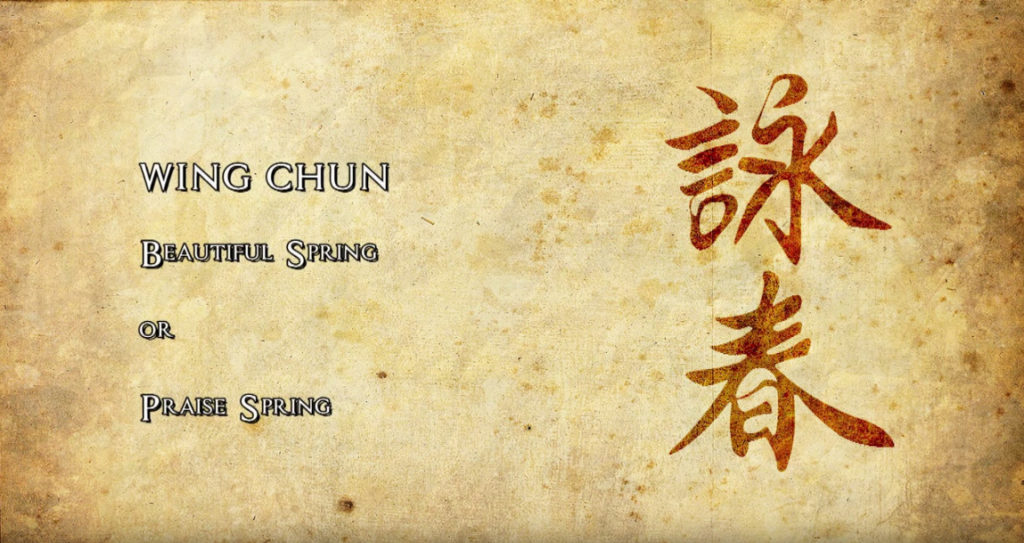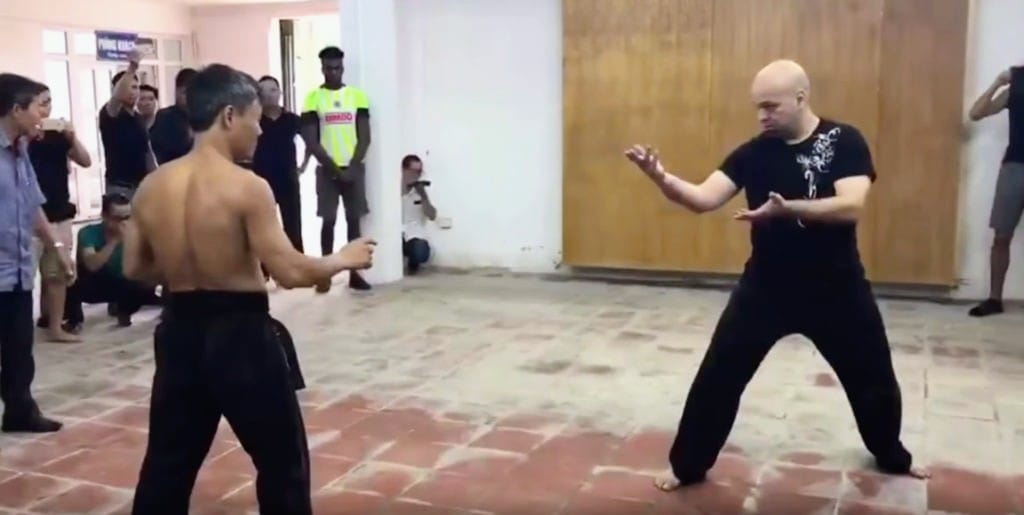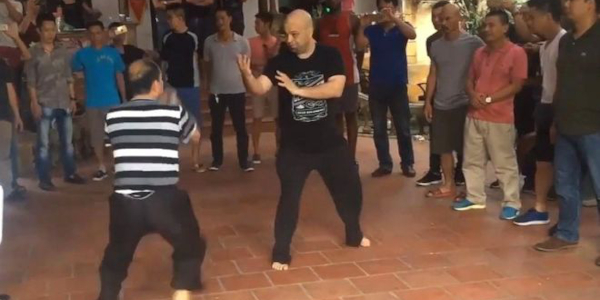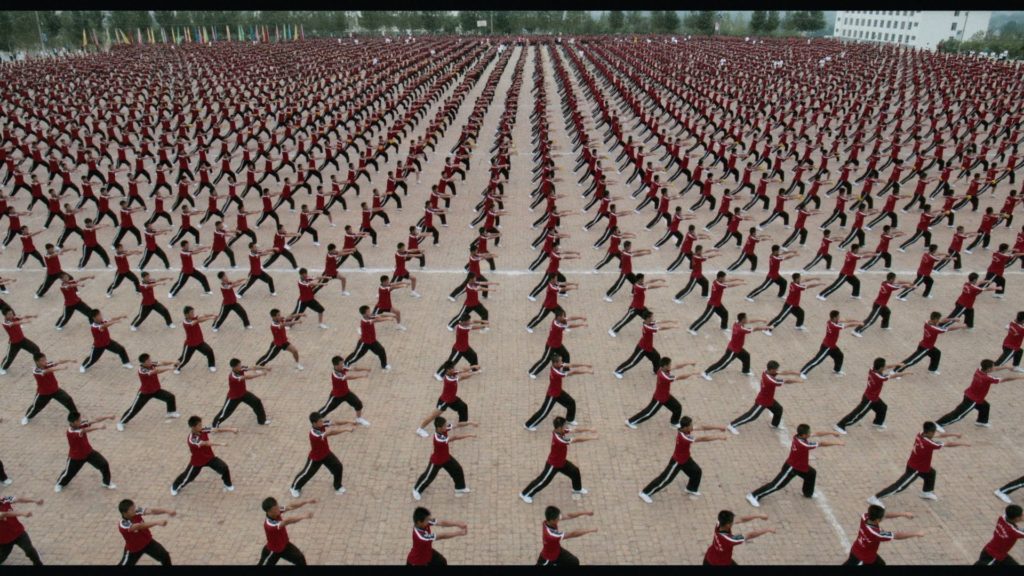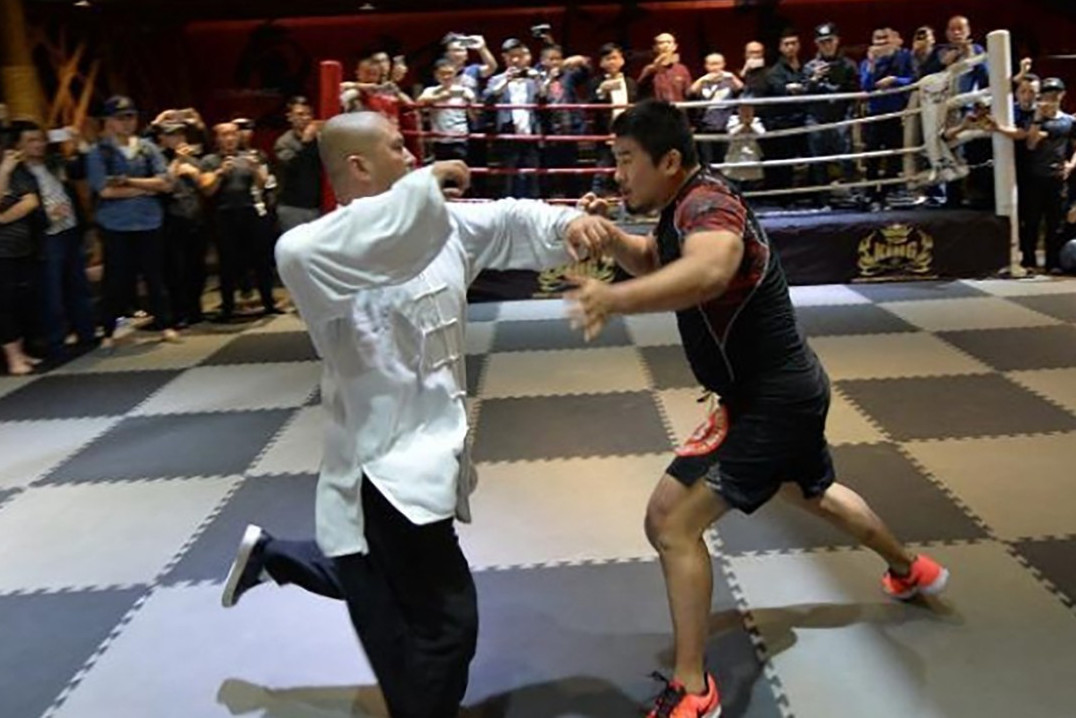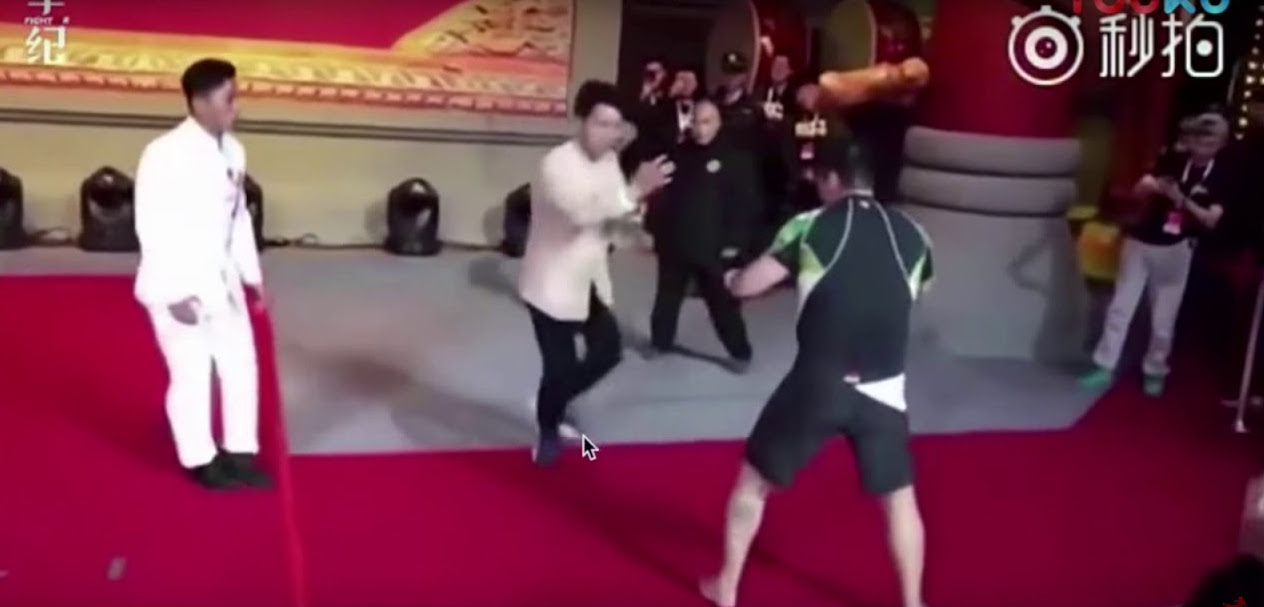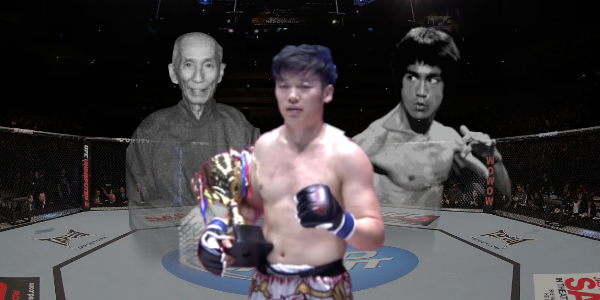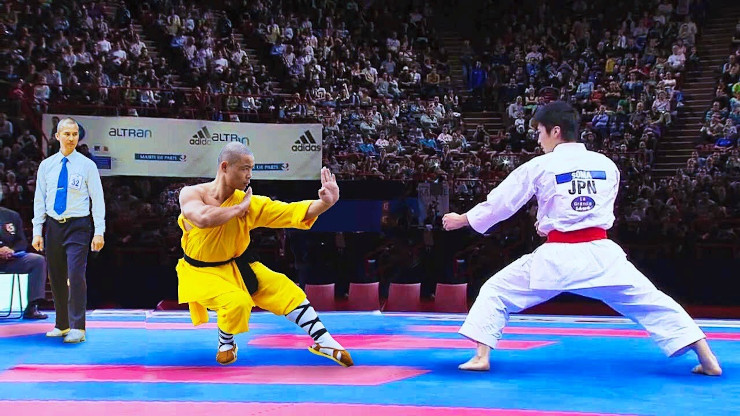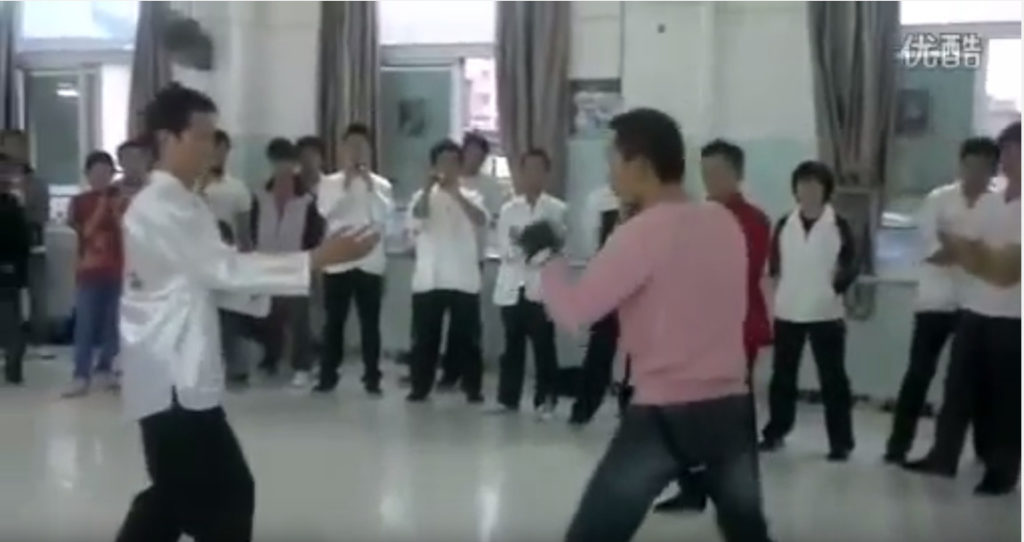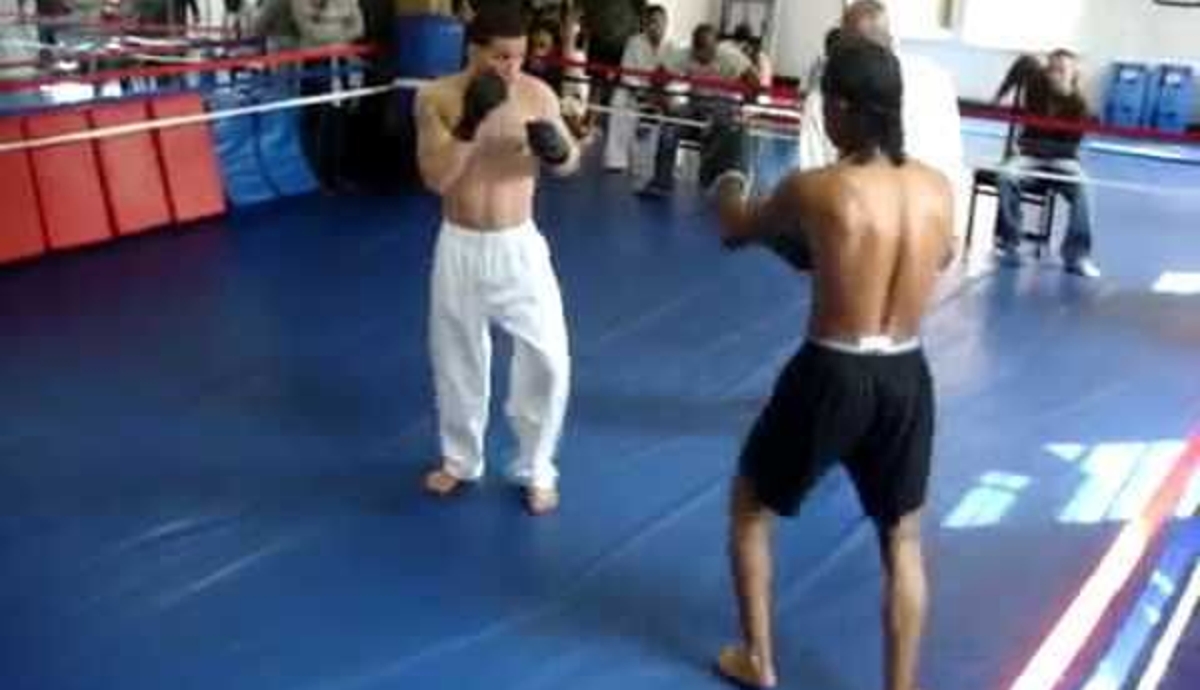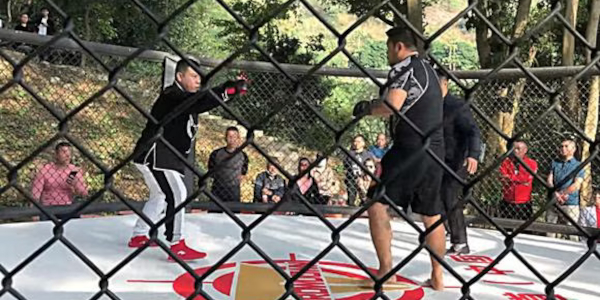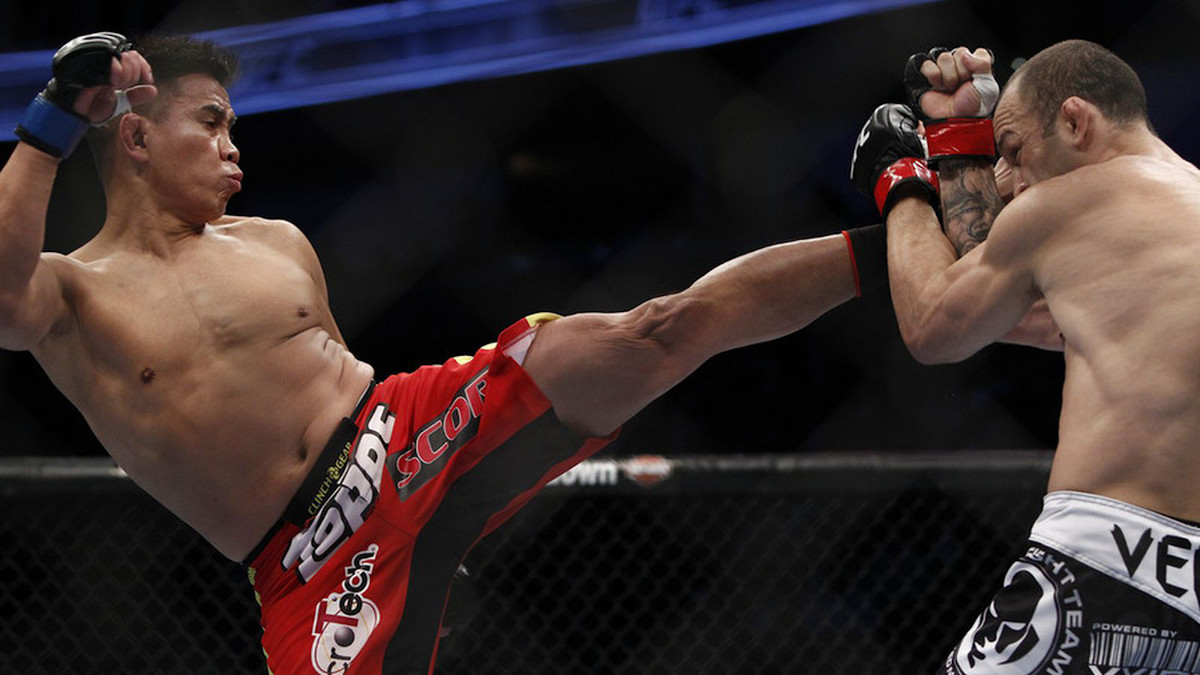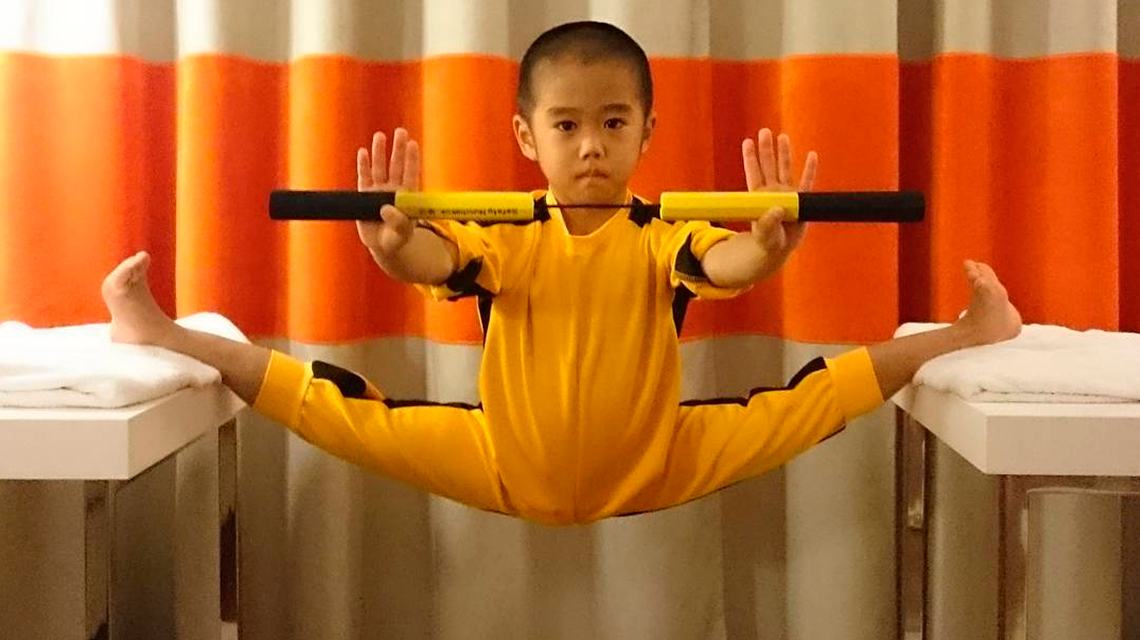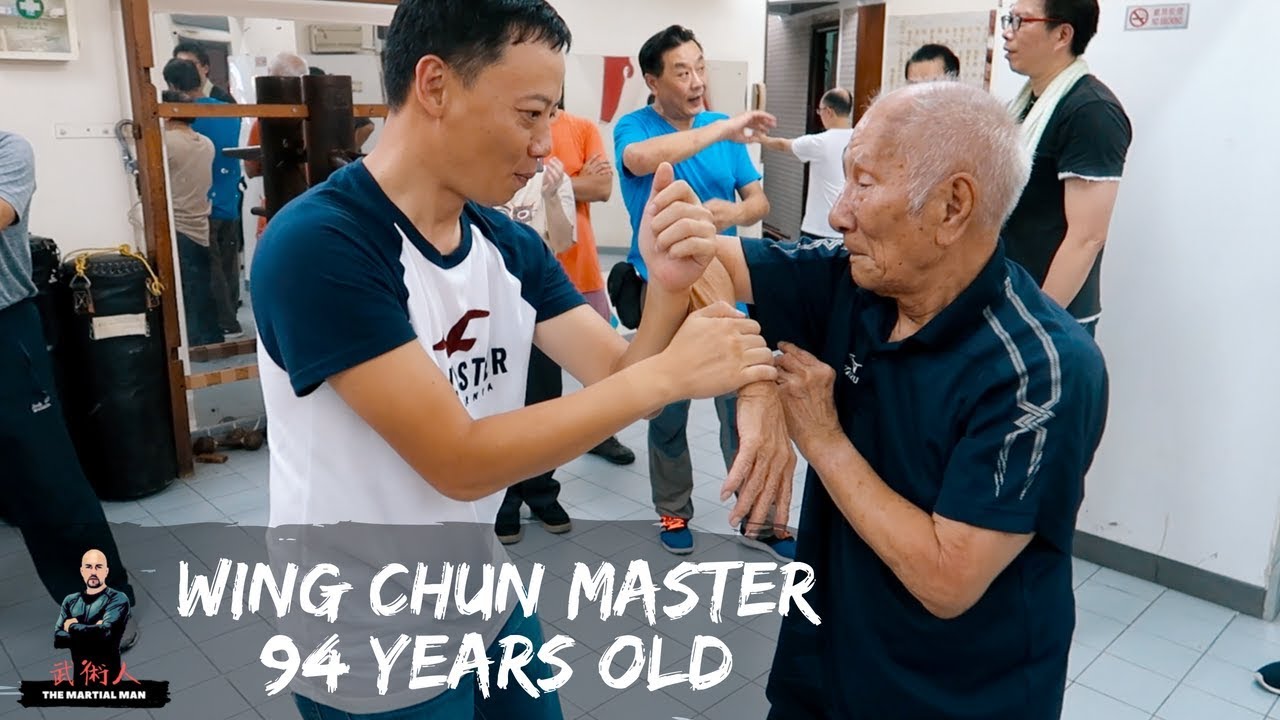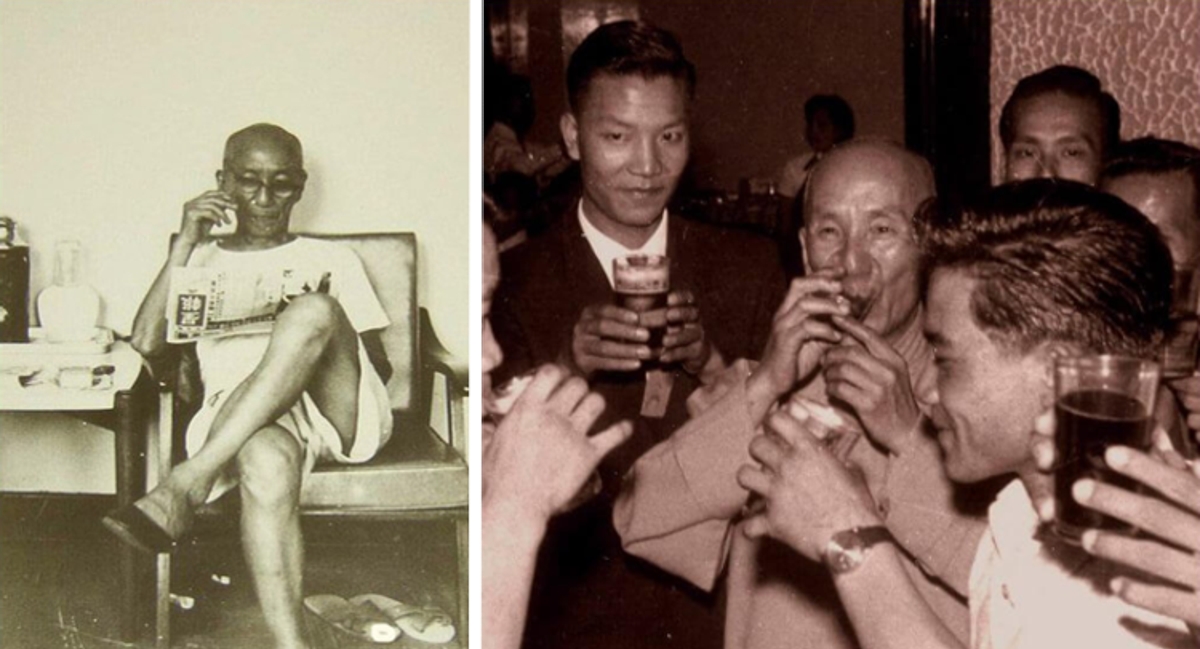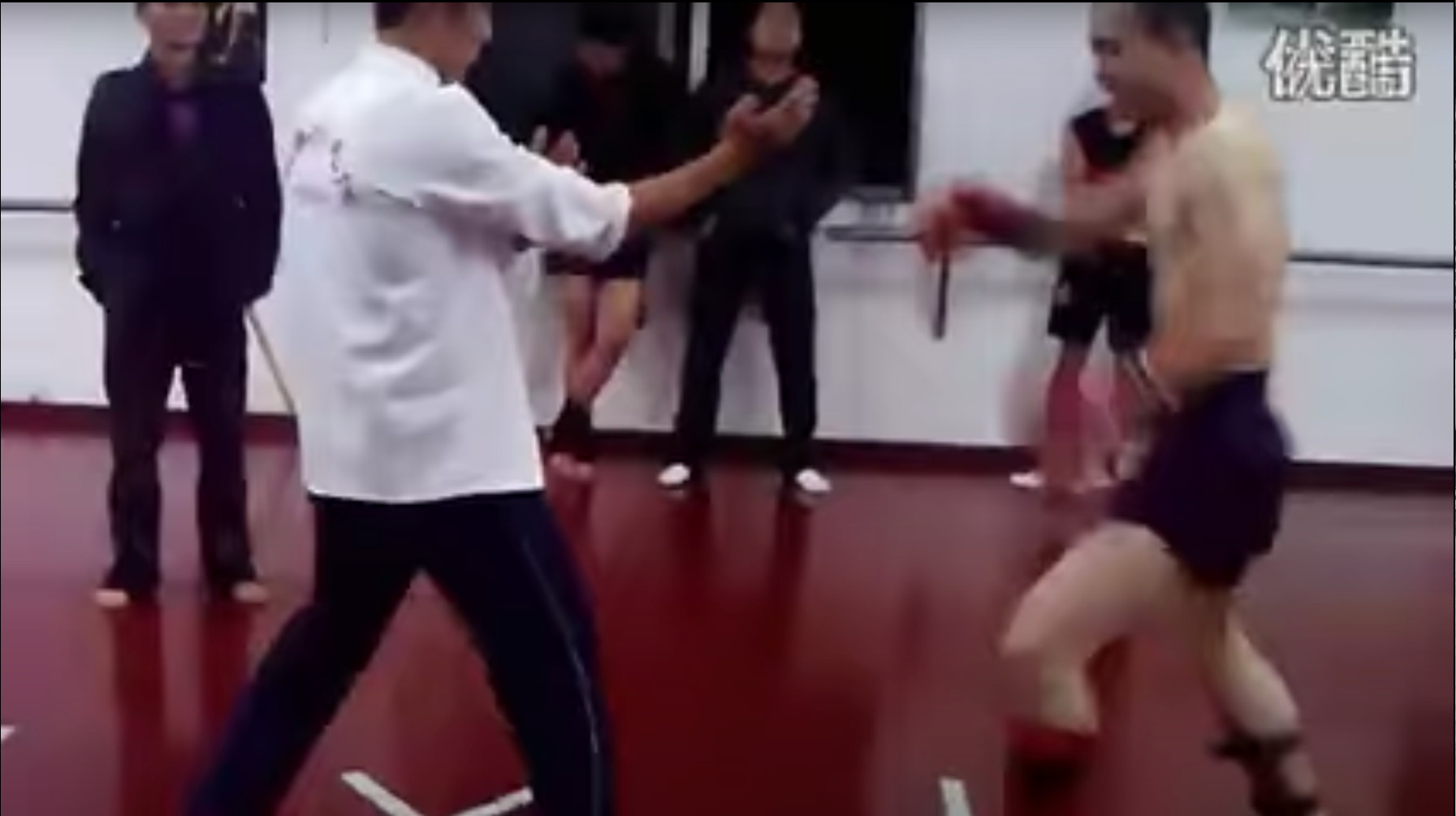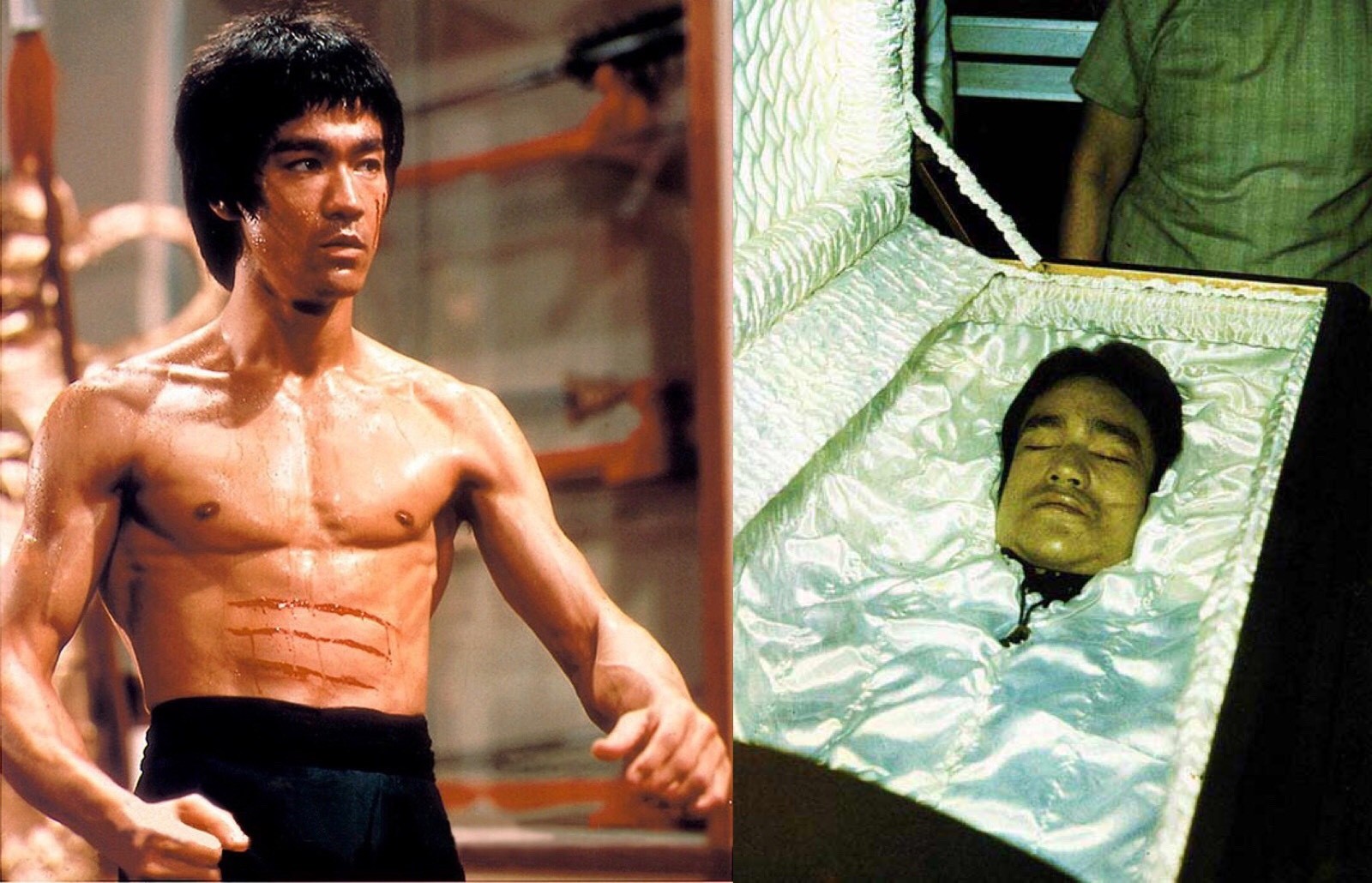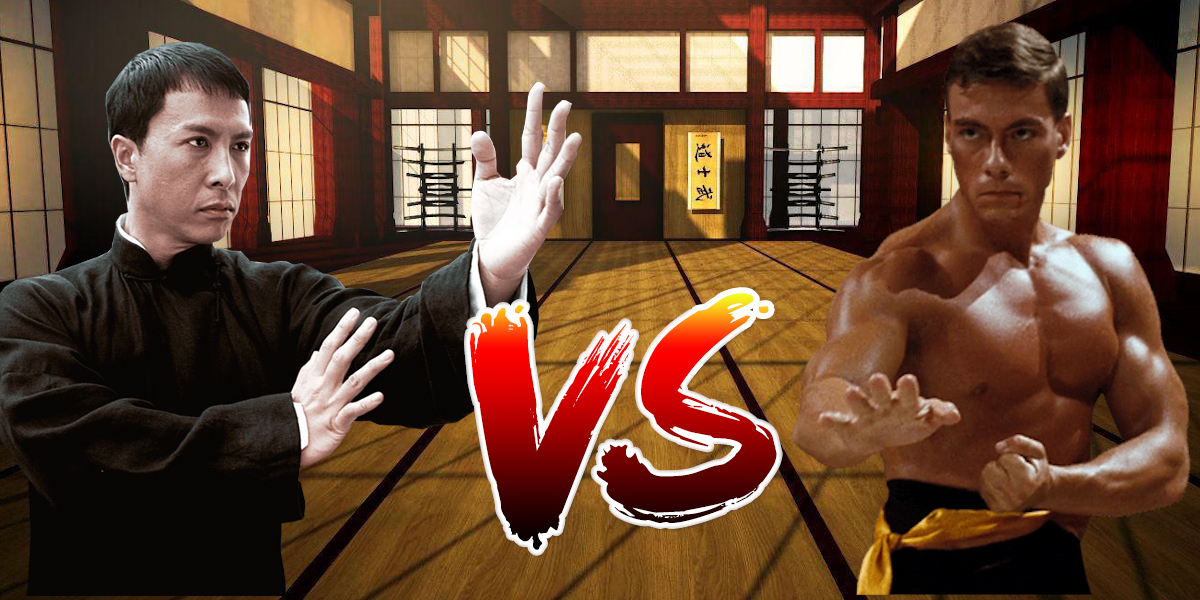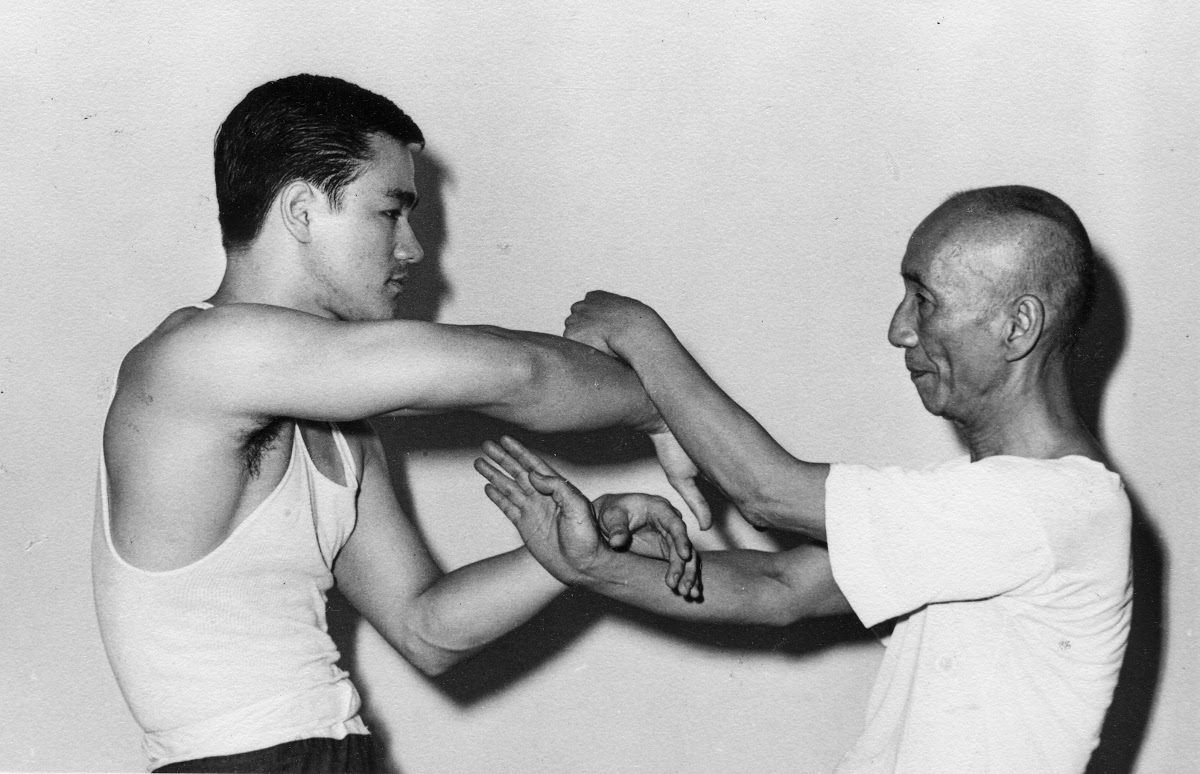Mastering the Six Core Principles of Wing Chun for Self-Defense
Reading time: 4 minutes
Wing Chun is a martial art known for its simplicity, efficiency, and practicality. By learning and mastering its six core principles, you can improve your self-defense abilities and feel more confident in your capacity to protect yourself. In this article, we will delve into the six core principles of Wing Chun and provide practical tips for incorporating these principles into your training regimen.
I. Six Core Principles of Wing Chun
Centerline Theory
The centerline is a vital concept in Wing Chun, represented by an imaginary line that runs vertically through the center of your body. As most attacks are directed towards the centerline, controlling and defending it increases your chances of successfully protecting yourself from an assailant.
Economy of Motion
Efficiency and economy of motion are key aspects of Wing Chun. Practitioners should strive to use the least amount of energy and movement necessary to achieve their goals, conserving energy for when it's crucial. This means minimizing unnecessary or extravagant movements during both offense and defense.
Simultaneous Attack and Defense
Wing Chun emphasizes the importance of simultaneous attack and defense, enabling practitioners to respond quickly and effectively to threats. This principle teaches you to counter an opponent's attack while simultaneously launching your own, increasing the chances of a successful defense.
Sensitivity and Reflex

Developing sensitivity and reflex is crucial in Wing Chun, as it allows you to anticipate and react to your opponent's movements instinctively. Through Chi Sau (sticky hands) exercises, practitioners hone their sensitivity, enabling them to detect and exploit an opponent's vulnerabilities while remaining protected themselves.
Relaxation and Body Structure
Wing Chun practitioners must maintain a relaxed yet strong body structure. This enables them to generate powerful strikes and absorb incoming force without compromising their stability. By combining relaxation and proper body alignment, you can optimize the effectiveness of your techniques while minimizing the risk of injury.
Adaptability and Flow
One of the most important aspects of Wing Chun is its adaptability. Practitioners must learn to flow and adapt to the ever-changing dynamics of a confrontation. This flexibility allows you to respond effectively to an opponent's actions and maintain control throughout the encounter.
II. Tips for Incorporating Wing Chun Principles into Your Training
1. Find a qualified instructor
Locate a reputable Wing Chun instructor or school in your area to ensure you receive proper guidance and training.
2. Practice regularly

Consistent practice is essential for mastering Wing Chun principles and techniques. Dedicate time each day or week to hone your skills.
3. Supplement with complementary training
Consider cross-training in other martial arts or fitness disciplines to enhance your overall physical conditioning and self-defense capabilities
4. Participate in Chi Sau sessions
Engage in regular Chi Sau practice with training partners to develop sensitivity, reflex, and adaptability.
5. Focus on application
Understand how each principle can be applied in real-life self-defense scenarios, and practice applying them accordingly.
By mastering the six core principles of Wing Chun, you can boost your self-defense skills and feel more confident in your ability to protect yourself. Embrace the power of this unique martial art and unlock your inner warrior today!
Thank you. Your comment will be approved shortly.
Comments
Thank you. Your comment will be approved shortly.
Thank you. Your comment will be approved shortly.
Thank you. Your comment will be approved shortly.
Thank you. Your comment will be approved shortly.
Thank you. Your comment will be approved shortly.


